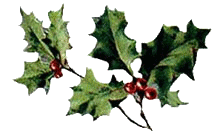HOME | home
The Holly and the Ivy | Cherry Tree Carol | Sans Day Carol | Gloucestershire Wassail | Seven Joys of Mary | Christ Child's Lullaby | Carol of the Beasts | Boar's Head Carol | I Saw Three Ships | Deck The Halls | Bleak Midwinter | There Is No Rose | King Jesus Hath a Garden | Baloo Lammy | O Come, O Come Emmanuel | The Carnal and the Crane | Hark the Harald Angels Sing | Straw Against the Chill | Good King Wenceslas | The Huron Carol | Shepherds Arise | The Shepherd's Carol | I Wonder as I Wander
Deck The Halls
Welsh Traditional
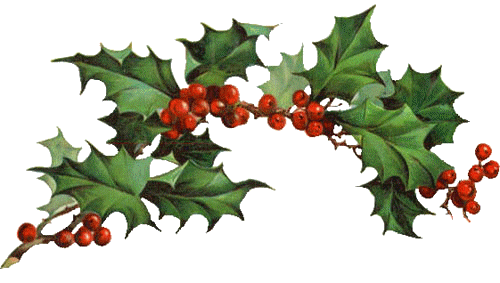
1. Deck the halls with boughs of holly, Fa la la la la, la la la la
Tis the season to be jolly, Fa la la la la, la la la la.
Don we now our gay apparel, Fa la la, la la la, la la la.
Troll the ancient Yuletide carol, Fa la la la la, la la la la.
2. See the blazing Yule before us. Fa-la-la-la-la, la-la-la-la
Strike the harp and join the chorus. Fa-la-la-la-la, la-la-la-la
Follow me in merry measure. Fa-la-la, la-la-la, la-la-la
While I tell of Yuletide treasure. Fa-la-la-la-la, la-la-la-la [1]
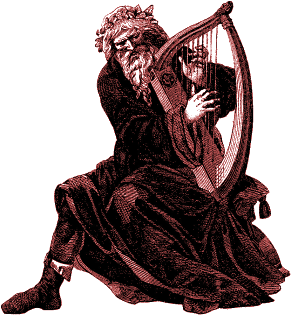
3. Fast away the old year passes. Fa-la-la-la-la, la-la-la-la
Hail the new ye lads and lasses. Fa-la-la-la-la, la-la-la-la [2]
Sing we joyous all together. Fa-la-la, la-la-la, la-la-la [3]
Heedless of the wind and weather. Fa-la-la-la-la, la-la-la-la
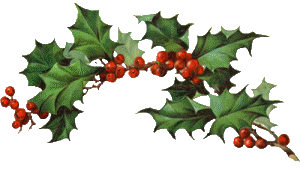
The holly is one of the most popular Christmas evergreens. The holly tree was known to medieval monks as the "Holy Tree" because it was believed to keep evil spirits away. It was also believed to protect a home from lightening. The early Romans decorated their hallways with holly garlands during the mid-winter feast of Saturnalia. Holly later became the emblem of eternal life; the pointed leaves of the holly represented the crown of thorns worn by Jesus; the red berries symbolized the drops of blood shed. Holly also came to represent the biblical burning bush in which God appeared before Moses.
Traditionally, holly should be introduced to the house before Christmas Eve and
removed on the Twelfth Night. In the language of flowers it is the symbol of domestic happiness.
This secular carol is of Welsh origin, but its age is unknown. It was popular in the eighteenth century and appeared in a violin and piano duet by Mozart. The repeated "fa la la la la" was a popular feature of medieval ballads and madrigals.
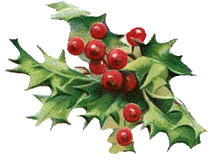
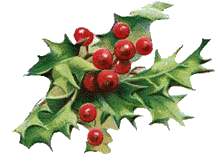
"Nos Galan" (New Year's Eve) is one of the many texts to which this tune was
formerly sung. It belongs to the competitive canu penillion tradition, in
which merry makers would dance in a ring around a harpist, extemporizing
verses in turn and dropping out when invention failed. The harp originally
played the "answering" bars, (fa la la - Monika) but nonsense syllables came
to be substituted as harpers became less common.
The NOBC setting is adapted from the 1784 edition of the harpist Edward
Jones's 'Musical Poetical Relics of the Welsh Bards." (with Dad-lea used
instead of fa la la in the third line- Monika).
Text III, obstinately popular, (The text we commonly used, 1. Deck the
Halls with boughs of Holly, 2. See the blazing Yule before us, 3. Fast away
the old year passes - Monika), has minimal connection with the Welsh text
and dates from an American publication of 1881.
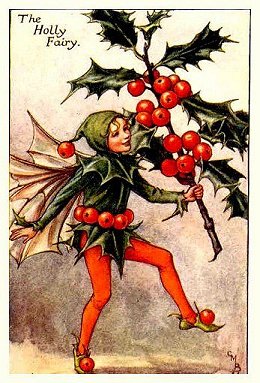
Great Art Treasures at
